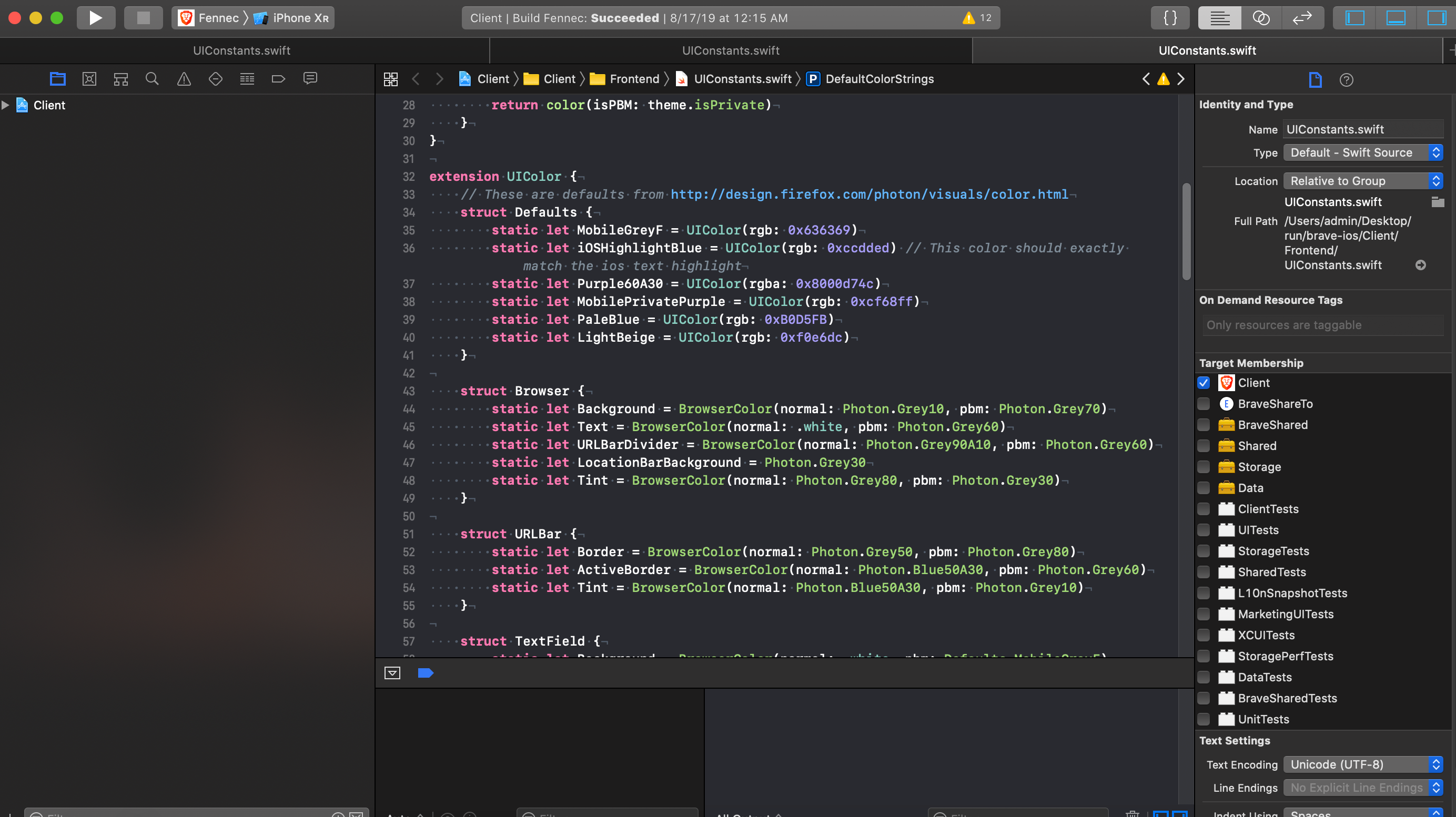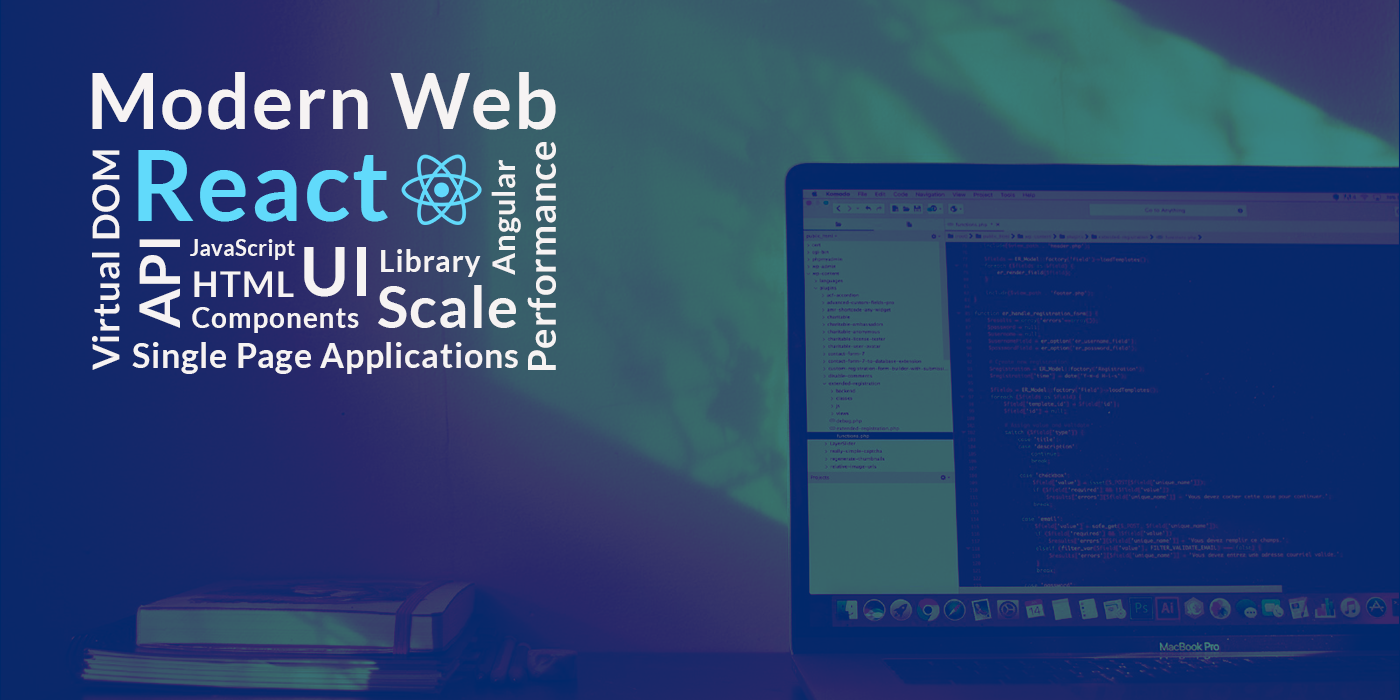Membership includes all the tools, resources, and support you need to create and deliver software to over a billion customers around the world on Apple platforms.
Software and Tools
Jul 09, 2020 Free Download Udemy Develop a MAC OSX application using Xamarin Forms and MVVM. With the help of this course you can Learn and gain expertise to develop a cross platform Mac OS based application using Xamarin Forms and MVVM architecture. This course was created. It was rated 0 out of 5 by approx 0 ratings. Jan 15, 2018 The app runs and shows Hello World in a command window; Running the applications on macOS. Let’s see if we can get this to run on macOS as well. The process is very similar as the process on Windows. If you don’t have a Mac, but do want to try this out, you can access a Mac for a fee from https://www.macincloud.com. Your feedback is highly valued. There are two ways you can provide feedback to the development team on Visual Studio for Mac: In Visual Studio for Mac, select Help Report a Problem from the menu or Report a Problem from the Welcome screen, which will open a window for filing a bug report. You can track your feedback in the Developer Community portal.
Beta OS Releases
Download and install beta versions of operating systems so your apps will be ready for the latest public releases.
- iOS beta
- iPadOS beta
- macOS beta
- watchOS beta
- tvOS beta
Tools
Gain full access to a comprehensive set of tools to configure app services, manage your development teams, and submit new apps and updates.
Xcode
The Xcode integrated development environment (IDE) includes everything you need to build and upload apps for iPhone, iPad, Mac, Apple TV, and Apple Watch.
App Store Connect
Easily submit and manage your apps on the App Store.
- Create App Store product pages.
- Test apps with TestFlight by inviting up to 10,000 external testers using a public link or their email address.
- Submit apps for review.
- Create promotional offers and promo codes.
- Set up pricing, subscriptions, and availability.
- Offer pre-orders and app bundles.
- Get app thinning and up to 20GB of on-demand asset storage per app.
- Manage your team.
- Respond to reviews.
- View app analytics to measure your app’s performance with data you won’t find anywhere else.
- View sales and trends.
- View and download payments and financial reports.
- Access App Store Connect tools with a REST API.
Transporter
Easily upload your binary to App Store Connect.
Certificates, Identifiers & Profiles
Enable development, distribution, and services for your app.
CloudKit Dashboard
Get a detailed view of your app’s server activity with CloudKit.
Create ML
Build, train, and deploy machine learning models with no machine learning expertise required.
MapKit JS Dashboard
Track your website’s use of Apple Maps services.
Reality Composer
Quickly prototype and produce content for AR experiences.
Reality Converter
Convert, view, and customize USDZ 3D objects on Mac.
Snapshots Studio (beta)
Customize static map images for your website.
SF Symbols
Choose from thousands of configurable symbols for use in your apps.
Classroom and Schoolwork
Test your educational apps that work with the Classroom and Schoolwork apps.
And more...
Services and Capabilities
Build your apps with a comprehensive set of services and capabilities that let you deliver advanced features to your users. Apple hardware, software, and services integrate tightly so you can build intuitive, multi-faceted experiences that are genuinely seamless.
AirPlay
Let users wirelessly stream content from their iPhone, iPad, or Mac.
AirPrint
Deliver photo and document printing in your iOS apps and macOS apps without the need to download or install drivers.
Apple Pay
Accept payments for goods and services in your apps and on the web.
ARKit
Build unparalleled augmented reality experiences for iOS and iPadOS.
Business Chat
Connect with your business customers directly within Messages.*
CarPlay
Bring audio, messaging, VoIP, navigation, vehicle-specific controls, and more to drivers.*
CloudKit
Store your app’s data in iCloud and keep everything up to date across apps and on the web. Membership includes up to 1PB of free storage for each app.
Core ML
Integrate a broad variety of machine learning model types into your app.
Face ID and Touch ID
Let users access your app content easily and securely.
FairPlay Streaming
Content providers, encoding vendors, and delivery networks can encrypt content, securely exchange keys, and protect playback on iOS, tvOS, and macOS.*
GameKit
Add leaderboards, achievements, matchmaking, challenges, and more.
Handoff
Provide continuity for users with multiple devices by supporting Handoff in your apps and websites.
HealthKit
Deliver informed health and fitness solutions.
HomeKit
Allow users to communicate with and control connected accessories in their home.

In-App Purchase and Subscriptions
Offer customers extra content and features within your app.
Mac Catalyst
Build a native Mac app using the Xcode project of your current iPad app.
MapKit
Integrate Apple Maps into your apps and websites.
MusicKit
Let users play Apple Music and their local music library from your website and iOS or Android apps.
Network Extensions
Customize and extend core networking features of iOS and Mac.
PassKit
Let users view passes in your app, add them to Wallet, send them via email, or post them on the web.
Push Notifications
Send local and push notifications to keep users informed of timely and relevant content.
SiriKit and Shortcuts
Help users quickly accomplish tasks related to your app with their voice or with a tap.
Developing Mac Osx App Using React Free
Sign in with Apple
Let users sign in to your apps and websites using their Apple ID.
ResearchKit and CareKit
Create apps that deliver medical insights for researchers, doctors, and patients.
System Extensions and DriverKit
Provide additional capabilities, such as network extensions and endpoint security, create device drivers for Mac.
And more...
Distribution
App Store
The App Store makes it easy for over a billion customers on iPhone, iPad, Mac, Apple TV, and Apple Watch to discover and download your apps, games, and sticker packs. And with Apple Arcade on the App Store, you can be a part of a game subscription service unlike any other*.

Developing Mac Osx App Using React Video
- Reach customers in 175 countries or regions.
- Keep 70% of your sales proceeds or 85% for qualifying subscriptions.
- No hosting fees.
- Worldwide payment processing is handled by Apple. Users can pay with credit or debit cards, carrier billing, digital wallets, or App Store and iTunes gift cards, depending on their region.
- Submit an unlimited number of apps and updates.
- Be considered for featuring in an editorial list or story.
- Automatic updates let users opt in to always download the latest version of your apps.
- Have your in-app purchase hosted by Apple for a seamless user experience, and easy distribution and restoration of purchases.
Apple Business Manager and Apple School Manager
All apps on the App Store are also available in volume for businesses and educational institutions in select countries and regions.
- Choose to provide a discount for educational institutions.
- Privately offer custom apps you’ve made for specific organizations.
- Organizations can also privately distribute their proprietary apps to employees.
Ad Hoc
A limited number of users can install your app directly on their Apple devices for testing and internal distribution.
- iPhone (100 per membership year)
- iPad (100 per membership year)
- iPod touch (100 per membership year)
- Apple Watch (100 per membership year)
- Apple TV (100 per membership year)
Developer ID
Distribute your Mac apps, plug-ins, and installer packages outside of the Mac App Store by signing them with a Developer ID certificate and having them notarized by Apple. This lets Gatekeeper on macOS verify that your software is from a trusted developer and is safe to install.
Events and Support
Developer Events
Learn how to take your apps to the next level with technical details and guidance from Apple experts at events for program members.**
Technical Support
Request code-level support from technical support engineers who can help troubleshoot your app’s code or provide solutions that will fast-track your development. Two incidents per membership year are included. Any member of a team can purchase additional support for $99 per two incidents.
Developing Mac Osx App Using React 2
Developer Forums
Ask questions and respond to posts on developing for Apple platforms with Apple engineers and other developers.
Membership Support
Get help by phone or email on account management, tools, and distribution, at no cost.
Developing Mac Osx App Using React Windows 10
This tutorial shows how to create and run a .NET Core console application using Visual Studio for Mac.
Note
Your feedback is highly valued. There are two ways you can provide feedback to the development team on Visual Studio for Mac:
- In Visual Studio for Mac, select Help > Report a Problem from the menu or Report a Problem from the Welcome screen, which will open a window for filing a bug report. You can track your feedback in the Developer Community portal.
- To make a suggestion, select Help > Provide a Suggestion from the menu or Provide a Suggestion from the Welcome screen, which will take you to the Visual Studio for Mac Developer Community webpage.
Prerequisites
Visual Studio for Mac version 8.6 or later. Select the option to install .NET Core. Installing Xamarin is optional for .NET Core development. For more information, see the following resources:
- Tutorial: Install Visual Studio for Mac.
- Supported macOS versions.
- .NET Core versions supported by Visual Studio for Mac.
Create the app
Create a .NET Core console app project named 'HelloWorld'.
Start Visual Studio for Mac.
Select New in the start window.
In the New Project dialog, select App under the Web and Console node. Select the Console Application template, and select Next.
In the Target Framework drop-down of the Configure your new Console Application dialog, select .NET Core 3.1, and select Next.
Type 'HelloWorld' for the Project Name, and select Create.
The template creates a simple 'Hello World' application. It calls the Console.WriteLine(String) method to display 'Hello World!' in the terminal window.
The template code defines a class, Program, with a single method, Main, that takes a String array as an argument:
Main is the application entry point, the method that's called automatically by the runtime when it launches the application. Any command-line arguments supplied when the application is launched are available in the args array.
Run the app
Press ⌥⌘↵ (option+command+enter) to run the app without debugging.
Close the Terminal window.
Enhance the app
Enhance the application to prompt the user for their name and display it along with the date and time.
In Program.cs, replace the contents of the
Mainmethod, which is the line that callsConsole.WriteLine, with the following code:This code displays 'What is your name?' in the console window and waits until the user enters a string followed by the enter key. It stores this string in a variable named
name. It also retrieves the value of the DateTime.Now property, which contains the current local time, and assigns it to a variable nameddate. Finally, it displays these values in the console window.The
nrepresents a newline character.The dollar sign (
$) in front of a string lets you put expressions such as variable names in curly braces in the string. The expression value is inserted into the string in place of the expression. This syntax is referred to as interpolated strings.Press ⌥⌘↵ (option+command+enter) to run the app.
Respond to the prompt by entering a name and pressing enter.
Close the terminal.
Next steps
In this tutorial, you created a .NET Core console application. In the next tutorial, you debug the app.